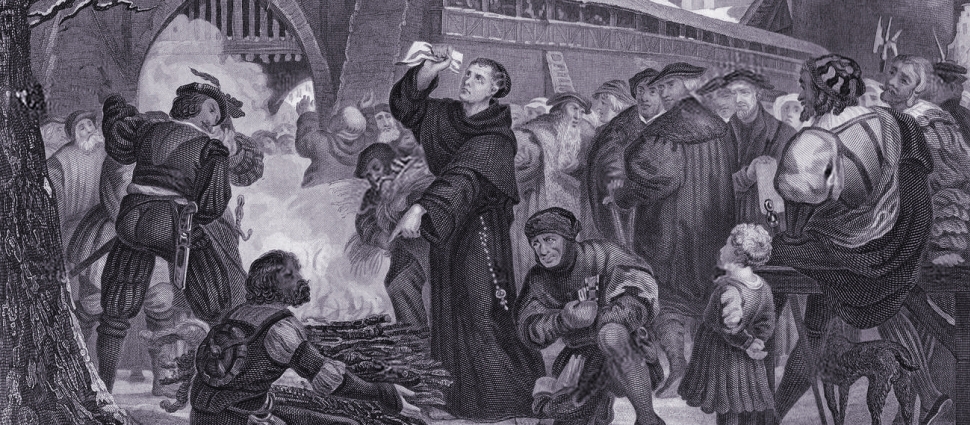Carl Trueman weighs in on Trinitarianism, celebrity pastors, and the race card

 Dr. Trueman has apparently seen this video.
Dr. Trueman has apparently seen this video.He responds with a very helpful post on historic Christianity and the cost of defending the truth.
Still, let us go back to the fourth century and see how the `middle aged white guy’ critique measures up. Well, at the Council of Nicea in 325, many of the participants were no doubt middle aged — which Paul in the Pastorals would actually seem to think is quite a good thing in a church leader. But white? I suspect they were ethnically more akin to modern day Turks or south eastern Europeans, not that racial categories really meant anything then. The key category in the fourth century was that of Roman citizenship, not skin colour.
More significantly, of course, had you been there yourself and looked around the council, you would have seen that many of the delegates had body parts missing – an arm here, a leg there, an occasional eye – because they were survivors of the terrible persecutions under Diocletian and Galerius. Indeed, many had probably lost close friends and family members too. Thus, the foundations for the creedal doctrine of the Trinity were laid by men who thought doctrine was something for which it was actually worth suffering and dying.Read the entire post HERE.




